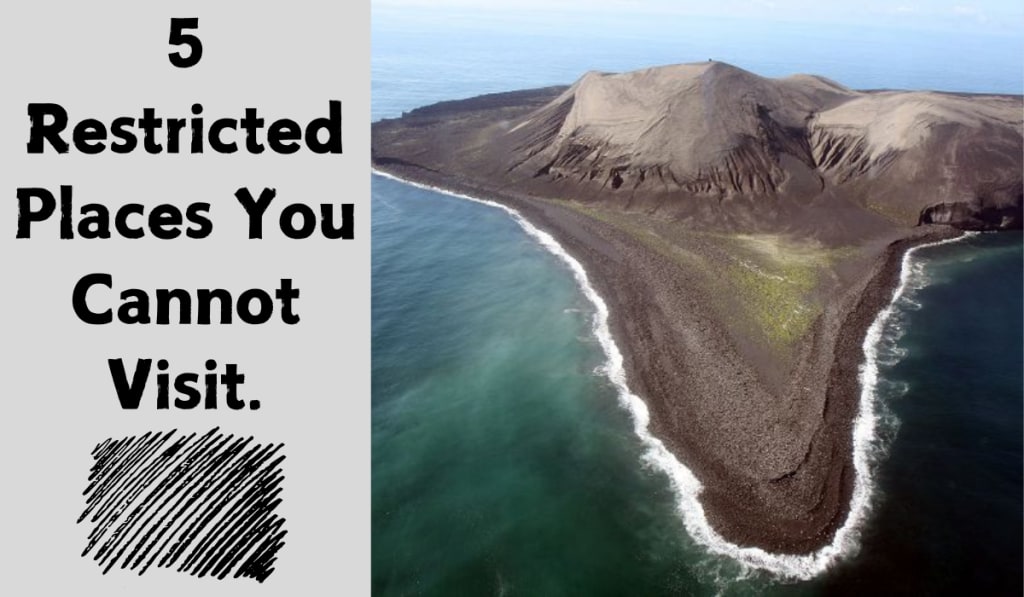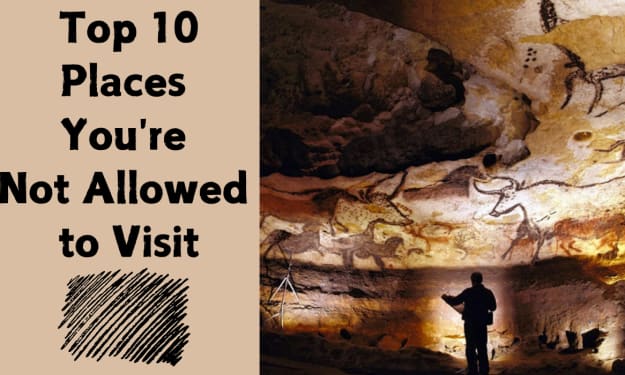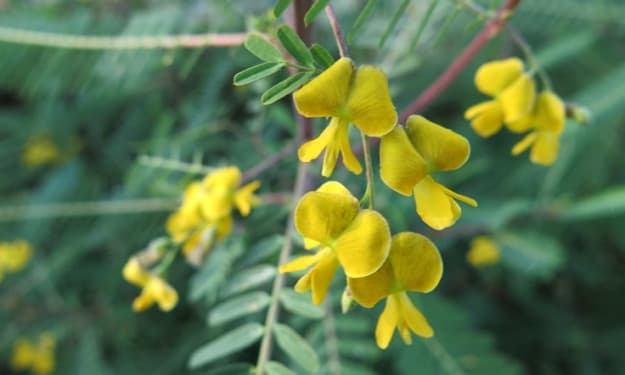Discover the No-Go Destinations
5 Restricted Places You Cannot Visit.

Our world is full of incredible places, some of which are out of reach for even the most daring travellers. From dangerous natural formations to exclusive private islands, these places are off-limits for a variety of reasons, including safety and preservation. Are you ready to discover what has never been seen before? Here are five fascinating places you shouldn't dare to visit!
1. Snake Island (Ilha da Queimada Grande), Brazil: A Serpent-Infested No-Go Area
Snake Island, also called Ilha da Queimada Grande, is located off the coast of São Paulo in Brazil. This secluded island is home to the golden lancehead viper, one of the world's deadliest snake species. Thousands of years of isolation have resulted in a dense population of these venomous snakes, with approximately one snake per 11 square feet.
These vipers developed extremely potent venom to quickly immobilise their prey, primarily migratory birds. While human encounters are extremely uncommon, the venom is thought to be lethal before any treatment can be administered. Because of the extreme danger posed by these snakes, the Brazilian Navy patrols the island, ensuring that no one steps foot on this lethal terrain.
2. Pluto's Gate in Turkey: The Deadly Doorway to the Underworld.
Pluto's Gate is a mysterious and perilous site located in the ancient city of Hierapolis, which is now in modern Turkey. The ancient Greeks revered this small cave as a portal to the underworld, and it was dedicated to Pluto, the underworld god. Only the most devout or foolhardy dared to enter the cave, which was notorious for its deadly properties.
Historical accounts from notable writers describe how animals brought near the cave died quickly, adding to the cave's fearsome reputation. Modern science has shed light on this ancient superstition, revealing that the cave's lethal nature is caused by high levels of carbon dioxide seeping through cracks in the surrounding rock. This invisible, dense gas accumulates at ground level, making it deadly to anyone who breathes it in. Due to the ongoing danger, access to Pluto's Gate is strictly prohibited.
3. Heart Reef in Australia: A Romantic Icon. Protected from human contact
Heart Reef, located on Australia's Great Barrier Reef, is a beautiful coral formation that is naturally shaped like a heart. Its picturesque appearance and crystal-clear waters have made it a popular tourist destination, attracting a large number of snorkelers and divers.
However, to protect this delicate structure from the harmful effects of human interaction, authorities have prohibited all visitors from entering the reef. Today, the only way to see this romantic natural wonder is from above, with helicopter tours providing the opportunity to capture the ideal aerial photograph without harming the reef.
4. Ni'ihau Island, USA: Hawaii's Forbidden Paradise
Ni'ihau Island, the westernmost of Hawaii's inhabited islands, is a beautiful but elusive destination. It covers 69 square miles and has been privately owned by the Robinson family since its purchase from the Kingdom of Hawaii in 1864. The family has a strict no-visitor policy, with access limited to family members, invited guests, government officials, and US Navy personnel.
This isolation has resulted in a unique community that is largely disconnected from modern technology. The island's 170 residents rely on solar power for electricity, ride horses for transportation, and practise sustainable agriculture. Ni'ihau's independence and seclusion make it an intriguing but forbidden destination.
5. Surtsey Island, Iceland: Nature's Untouched Laboratory.
Surtsey Island, off Iceland's southern coast, was formed by a volcanic eruption in 1963 and now serves as a living scientific laboratory. The eruption lasted until 1967, creating an island that gave researchers a unique opportunity to study the birth and development of a new ecosystem.
Surtsey is strictly protected to prevent human contamination and can only be visited by authorised researchers. The island's pristine environment has allowed scientists to observe the arrival and establishment of life, from the first bacteria, fungi, and moulds to the current population of 89 bird species and 335 invertebrate species. This pristine environment is still off-limits to the public to ensure its scientific value.
These forbidden places, whether restricted for safety, preservation, or exclusivity, continue to captivate and inspire. While we may never visit these lands, their stories remind us of the world's hidden treasures and the importance of safeguarding their heritages.
About the Creator
Elijah Eghenure
Hey there! I'm Elijah, the curious mind behind this blog. If you're here, you probably share my fascination with the futuristic and intriguing predictions and discoveries of our world today. Join in the adventure today!
Enjoyed the story? Support the Creator.
Subscribe for free to receive all their stories in your feed. You could also pledge your support or give them a one-off tip, letting them know you appreciate their work.






Comments
There are no comments for this story
Be the first to respond and start the conversation.